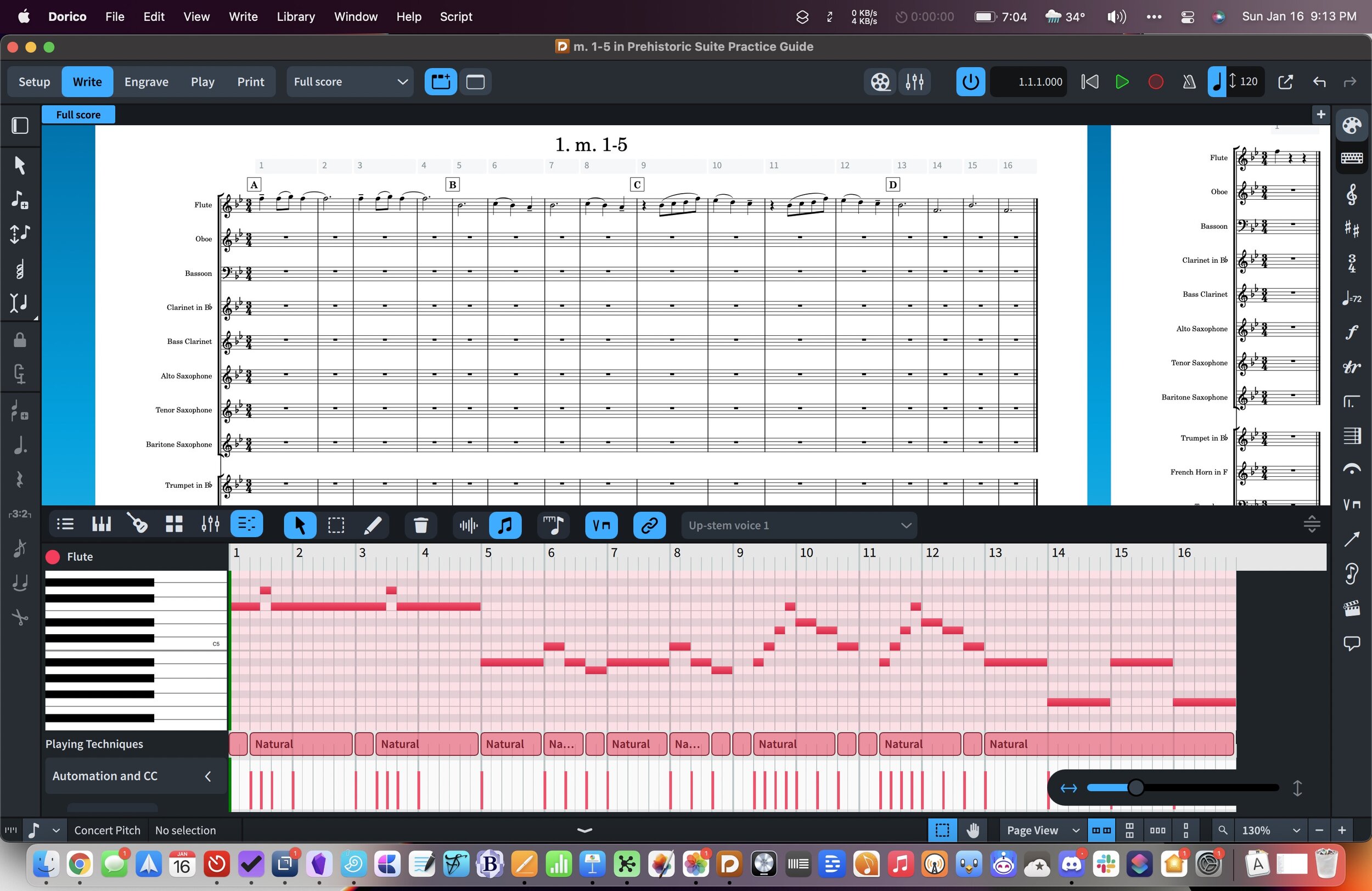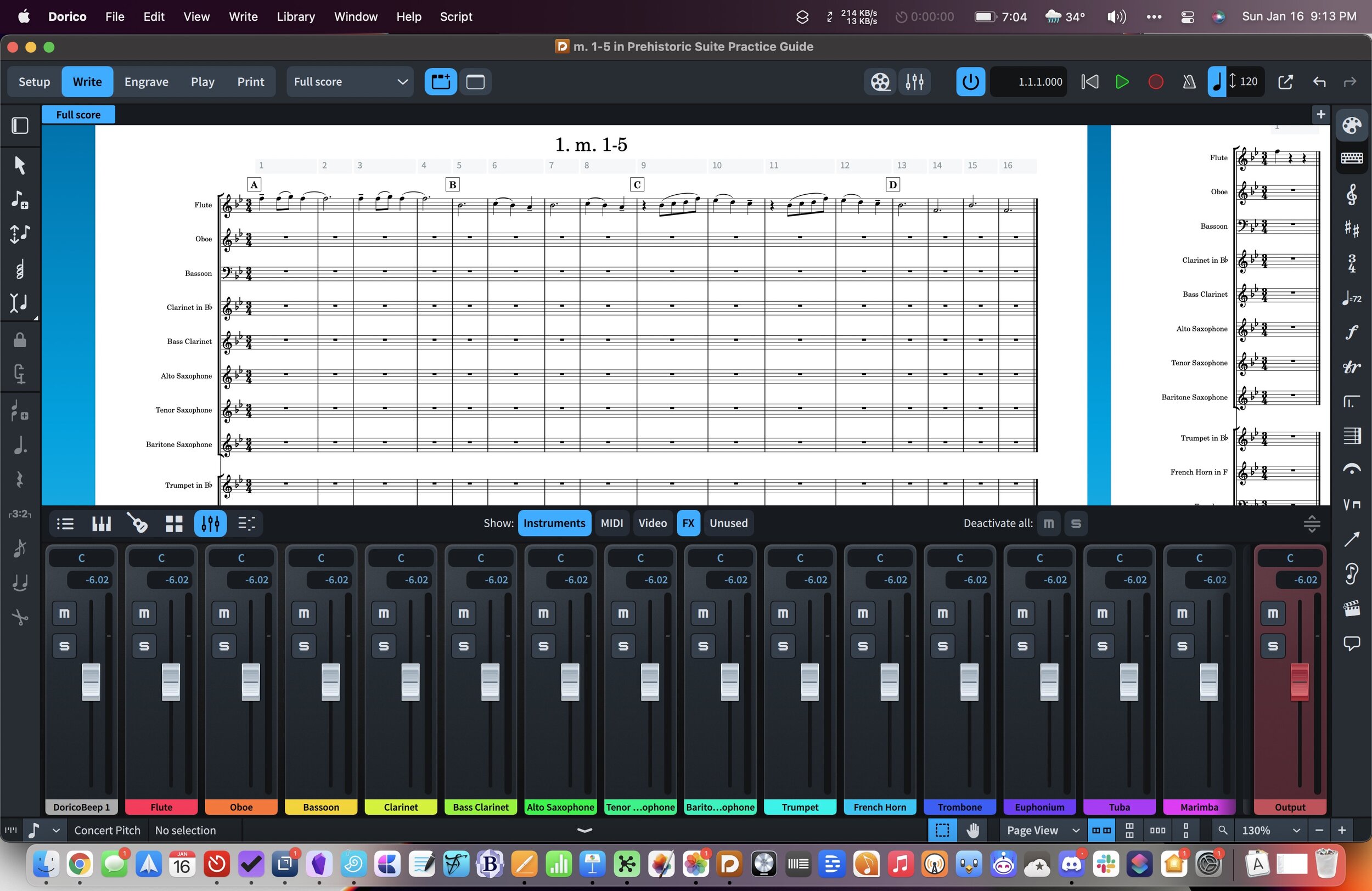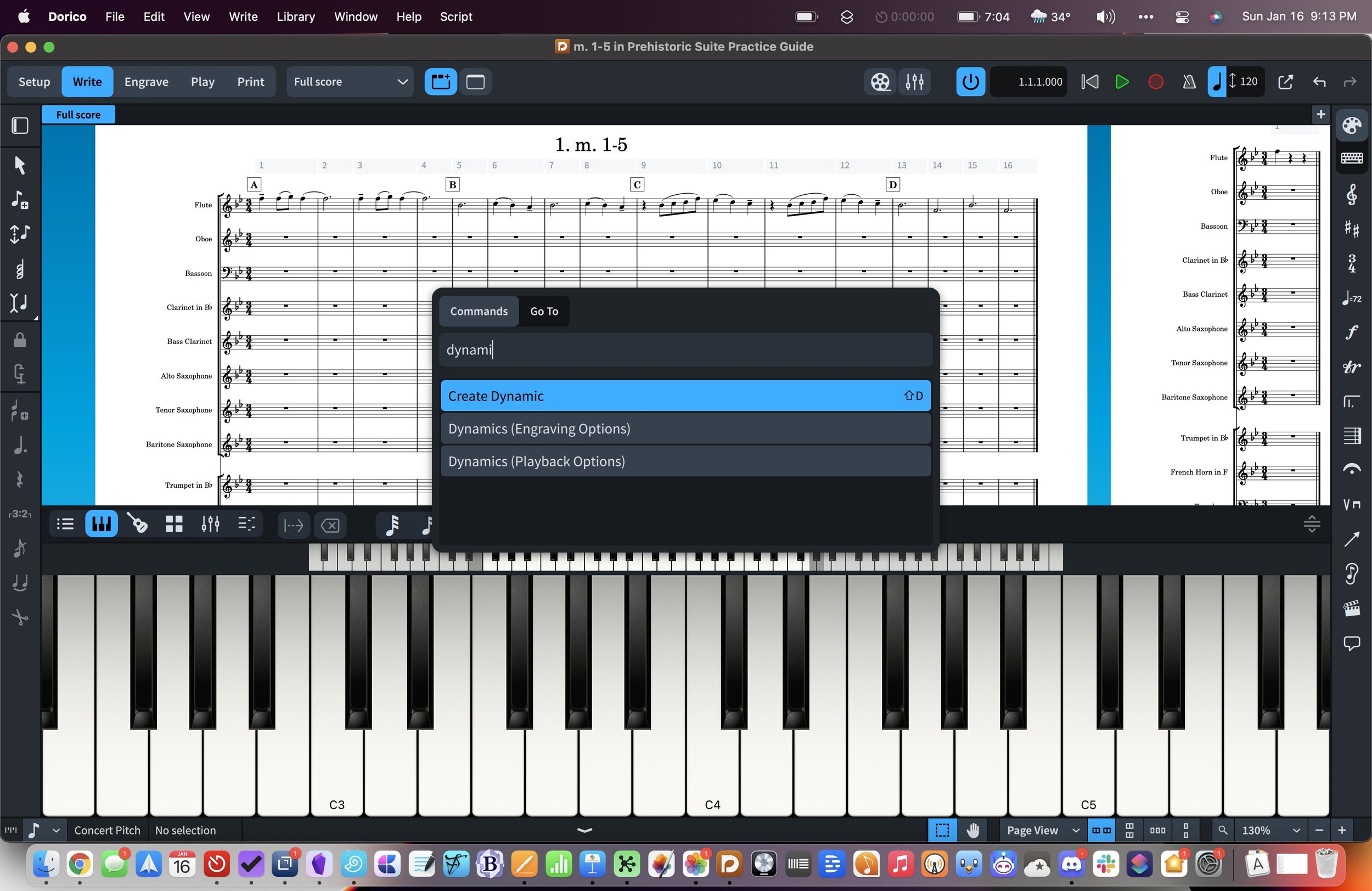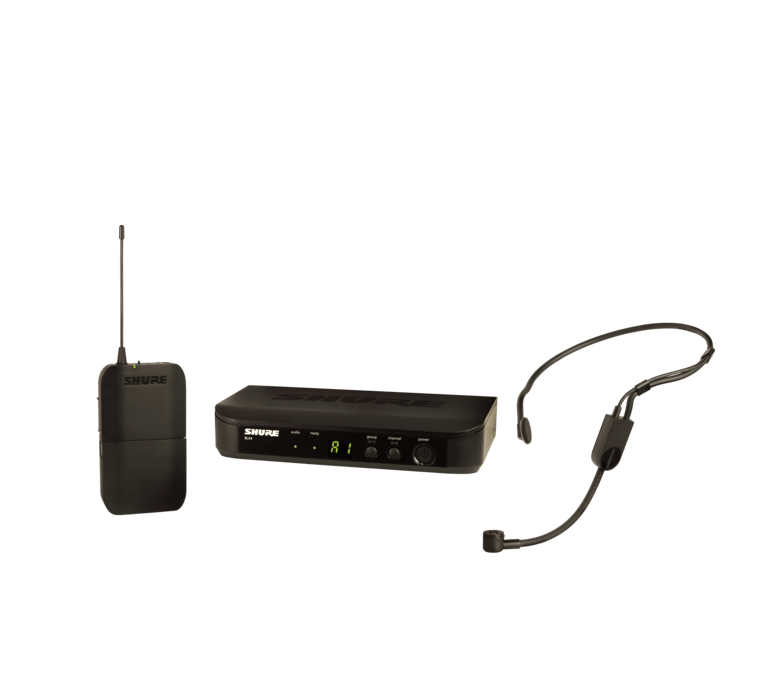Thanks for coming to my session today! Below you will find links to everything mentioned in the session, and more!
Where to Find Me
Subscribe to the Blog...RSS | Email Newsletter
Subscribe to the Podcast in...Apple Podcasts | Overcast | Castro | Spotify | RSS
Support My Work
- My Book: Digital Organization Tips for Music Teachers | Oxford University Press
- My Scale Exercise Play-Along Tracks: Audio Only | Audio and Stems ... use discount code "musicconference" for 20% off
- My appearance on the MusicFirst podcast:
- My appearance on LearnOmniFocus.com(Learn how I manage time and tasks in the music classroom)
TAKE LEAVE TRANSFORM
TAKE: Software that empowers student creativity
- Soundtrap - Web-based digital audio workstation
- Noteflight - Web-based music notation editor, LMS, digital music library, and practice app
- Alex Shapiro --> Putting the E in Ensemble
- Alex Shapiro's Appearance on my podcast to talk about Putting the E in Ensemble
- Podcast episode and blog post: 3 Soundtrap Projects Your Students Will Love(featuring student work examples)
LEAVE: Virtual performances
TRANSFORM:
- Podcast episode about transforming the music classroom with tech, featuring Will Kuhn and Ethan Hein:
- Electronic Music School - Will Kuhn and Ethan Hein
- Teaching Music Through Composition - Barbara Freedman
TAKE: Software that empowers efficiency and teacher creativity
- Evernote - Cross platform service and app for managing all your notes, research, and resources
- Spark Mail - Free Apple and Android app with supercharged email features
- Drafts | Where Text Starts
- Todoist - Cross-platform task management app
- OmniFocus - My preferred task management app
- About my task and time management workflow as a music teacher:
- TextExpander
- TextExpander blog posts: Expand Your Keystrokes and Save Hours: Using TextExpander in the Middle School Band Classroom | Using Drafts and TextExpander to Organize Lesson Notes
- Neural Mix Pro - App for separating drums/vocals/accompaniment
- LALAL.AI - Website which separates drums/vocals/accompaniment
- AnyTune - Slow down/pitch change app
- The Amazing Slow Downer - Slow down/pitch change app
- Transcribe! - Slow down/pitch change app
- Transcribe+ - Slow down/pitch change app
- Downie - Ever wished you could save a video from the Internet? Search no more, Downie is what you're looking for. Easily download videos from thousands of different sites.
- ViDL for Mac - Download Web Videos Easily
- iCab Mobile- Browser with video download support
- iReal Pro - Jazz practice play-along app
- Band in a Box - Another play-along app
- Logic Pro educator discount - Pro Apps Bundle for Education | Apple.com
- ScreenFlow - Professional screen recording and video editing software
LEAVE: Software that gets in the way
- LMS--> Find the point of diminishing return. Don't do more work than actually gets results!
TRANSFORM: Practice resources and play-alongs
- Making Just Intonation Play Along Tracks for Your Performing Ensemble (Using Tonal Energy and GarageBand)
- Scale Exercise Play-Along Tracks
TAKE: Digital communication
- Use effective digital communication tools when they eliminate unnecessary logistics!
LEAVE: Lengthy and verbose documents
- Short, sweet, detailed, and frequent communication is idea in the digital age.
TRANSFORM: New models for non-musical logistics and collaboration
- Slack - Amazing communication tool that has replaced email for my music team
- Microsoft Teams - Competitor to Slack. Your district might already pay for you to have the pro version.
- Podcast episode about Team Collaboration and Communication
- Podcast episode about time management, featuring Frank Buck
- A shorter and sweeter episode about Calendar and Time Management
- Use email hacks like snooze, swipe, remind later, and send later
- Podcast episode about managing email
- SaneBox - Paid service that adds Spark-like features to any email address, app, or email service.
TAKE: Microphones, audio interfaces
- My favorite mic (Not the cheapest, but reasonable. Available in XLR or USB.) - Audio Technica AT2020
- My favorite audio interface: Scarlet Solo
LEAVE: need to be tethered to a computer
TRANSFORM: take the best of both
- Wenger modular stand
- Being tethered to a computer means more resources at your finger tips!
- Farrago soundboard app
- Other Rogue Amoeba apps that are indispensable for making content and wrangling audio: Audio Hijack, Loopback, and Soundsource. Check out their education discount.
- AirServer app which lets you share an iOS screen to a computer
- Podcast episode featuring maker of Audio Hijack, Farrago, Soundsource, and Loopback


















